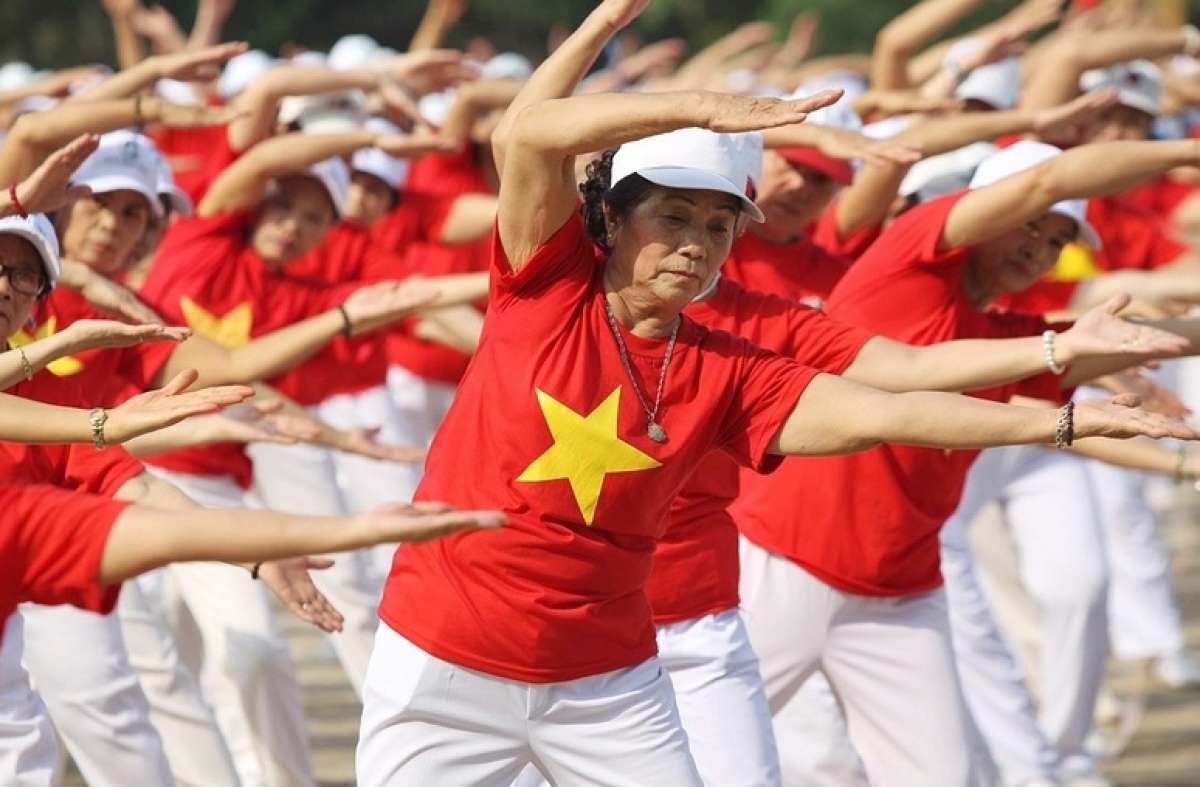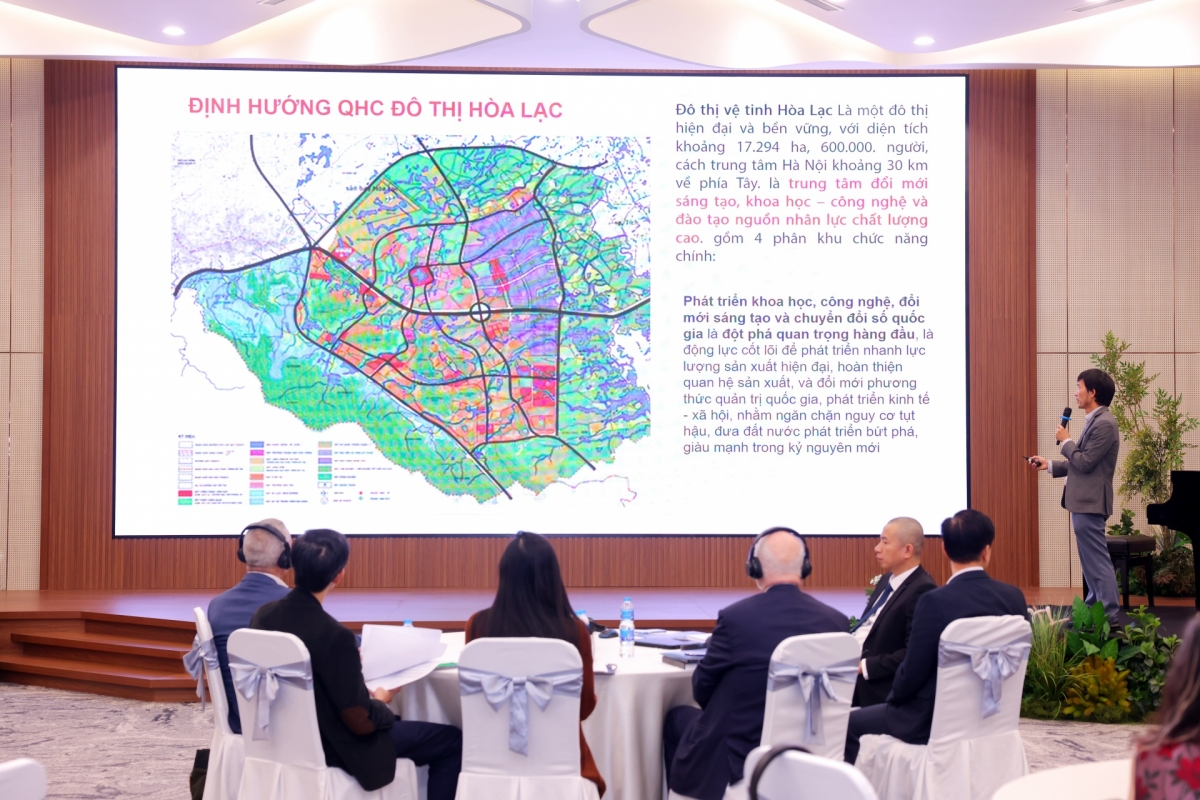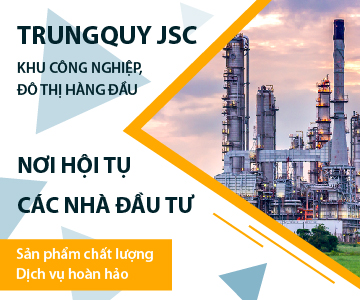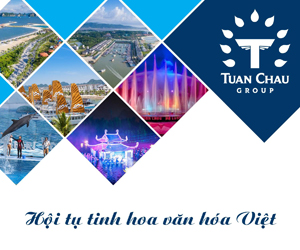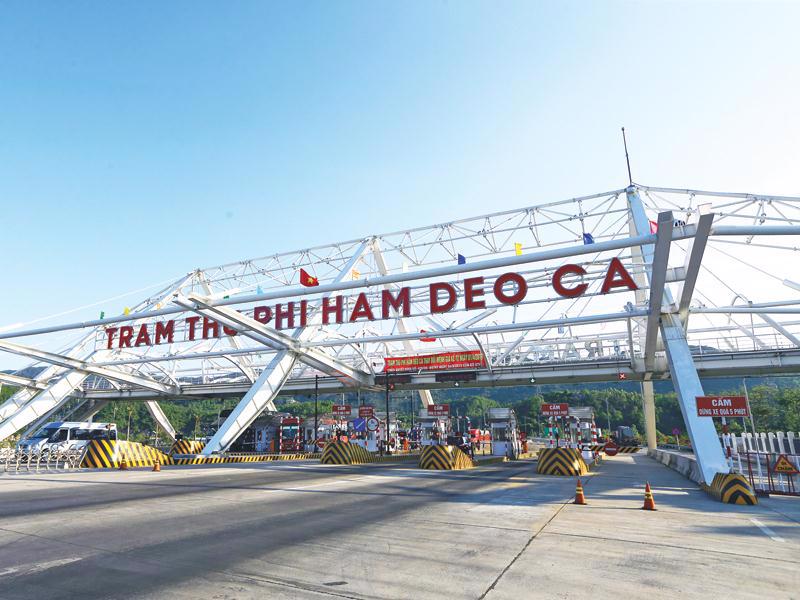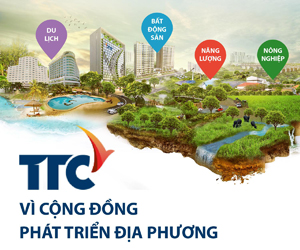INTERNATIONAL INVESTMENT
AND PORTAL
Granted special mechanisms by the central government, Danang is racing to boost its economic models of an international financial centre (IFC) and free trade zone (FTZ) to create momentum for growth.
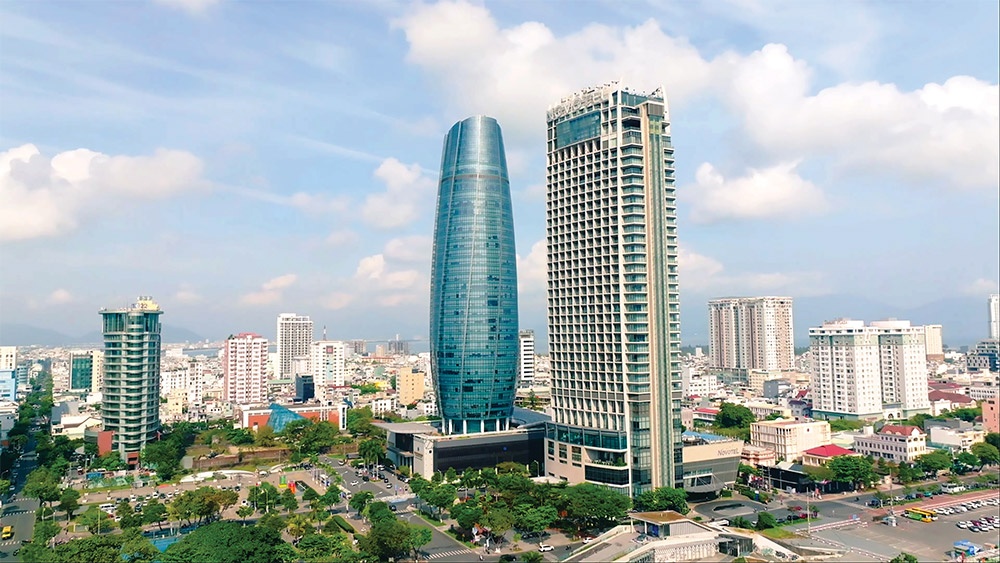 Complexes in the central city are becoming more diverse and functional
Complexes in the central city are becoming more diverse and functional
With the IFC, Danang has coordinated research on pilot models, initially focusing on digital payments, to prepare a specific legal framework.
In terms of infrastructure, the city has planned and arranged clean land of more than 300 hectares, including a plan to build a financial district reclaimed from the sea in the Danang Bay. In addition, a 20-storey building at Software Park 2 has been selected as the initial headquarters.
Danang is also ready to operate the FTZ model with seven locations, covering over 1,880ha, and has completed many related tasks. In particular, at the end of August, Sun Group invested in construction and business of infrastructure of a functional area that lays the foundation for the first FTZ in Vietnam.
Many other investors such as Terne Holdings Group, One Destination, BRG Group, Thanh Binh Phu My, and Lien Thai Binh Duong Import Export have signed agreements on investment in the FTZ.
When connected to the IFC, the FTZ will turn Danang into a high-quality service centre, creating a driving force to spread to the Central Highlands and the whole country, and becoming an important link connecting the East-West Economic Corridor, Asia-Pacific, and beyond.
Pham Duc An, Chairman of Danang People’s Committee, said that the city has developed policies, continued to improve infrastructure, built data centres, boosted airport and seaport infrastructure, and trained people in international finance.
“We are committed to accompanying investors to Danang to build a modern, creative, and reliable financial centre for Asia-Pacific,” Chairman An stressed.
Infrastructure momentum
According to the committee, strategic infrastructure projects are of key importance to linking urban areas, developing regions, and synchronously connecting the eastern dynamic region with the western region, which still faces many difficulties.
In addition to the Lien Chieu Port, which will see total investment reaching more than $130 million as it nears completion by the end of 2025, Danang will also invest in completing the Ky Ha-Chu Lai seaport. The seaport already boasts a port and logistics area of about 140ha. The Chu Lai port wharf is 836m long and is capable of receiving ships with capacity of up to 30,000DWT.
Meanwhile, besides upgrading the Danang International Airport, the Chu Lai Airport is also calling for investment. The airport seeks to become a billion-dollar boost for the southern region of Danang thanks to its plans to be an international airport with designed capacity of 10 million passengers annually. It also seeks to have an aviation logistics centre, a flight training and coaching centre, and an aircraft maintenance and repair centre. The total capital demand for the Chu Lai Airport is expected to be about $423 million.
Danang is also implementing a plan to invest in urban railway systems. Not only connecting within the city, it will invest in railways connecting Hoi An and Tam Ky areas. It is expected that the capital investment demand for such railways in the area is $1 billion before 2030; more than $2.8 billion for 2031-2040; and around $3.25 billion for 2041 onwards.
Danang plans to deploy investment to soon synchronously operate connecting infrastructure frameworks such as urban railways; increase the speed and capacity of goods circulation on national highways connecting the Western region with seaports at both ends of the city; and expand connections with the Central Highlands and international gateways in the west of the city.
At the same time, the infrastructure of the Chu Lai airport and Chu Lai seaport will be completed to complete the logistics axis connecting the Tien Sa-Chu Lai-Ky Ha port, promote the Nam Hoi An tourism and entertainment centre, and boost the Chu Lai-Tam Ky human resource training industrial centre, among other aspects.

Positioning the megacity
The merger with Quang Nam is not simply a change in administrative boundaries, but also a great opportunity for Danang to reposition and restructure the urban space, to be able to reach out to become a regional and international area.
According to the director of Danang Department of Construction Nguyen Ha Nam, after the merger the city has now become a system of 20 urban areas, spread evenly over east and west.
Nam said that in order to expand the urban area to the south, Danang must fundamentally solve connection infrastructure - an important factor to optimise the opportunity to connect such areas and development regions, based on smart infrastructure, modern transportation, and creating an open urban area.
Meanwhile, the eastern area continues to play the role of a dynamic urban location, an international and regional brand of Danang. Such areas are oriented to be more diverse and flexible in function, including functions such as administrative, heritage, tourist, industrial, and educational urban locations.
In which, the international administrative-financial urban area will aim to become one of international stature. The main nucleus will be formed from the process of building an IFC as the centre of the region, attracting resources and being the gateway to international trade.
Regarding the tourism-heritage urban area, stretching from Hoi An to Duy Xuyen, it will be developed based on the foundation of human heritage factors and the Thu Bon River ecosystem. In which, the town of Hoi An, with the status of a world cultural heritage, will be the centre, connecting with the My Son Heritage along the Thu Bon River ecological corridor.
Meanwhile, the industrial, logistics, seaport, and airport area in Tam Ky-Nui Thanh will be an urbanised space stretching over 20km along the Truong Giang River and the sea; where important economic and technical facilities, and large and strategic infrastructures in the south of the city are concentrated.
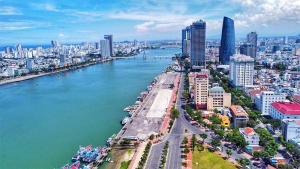 Danang leading latest wave of industrial real estate funding
Danang leading latest wave of industrial real estate funding
Danang is staking its claim as a key trading hub and logistics centre linking the Central Highlands with Laos and northeastern Thailand.
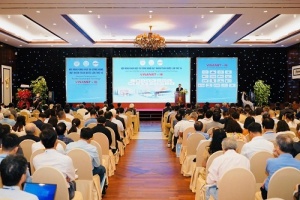 16th national conference on nuclear science and technology opens in Danang
16th national conference on nuclear science and technology opens in Danang
The 16th national conference on nuclear science and technology (VINANST-16) was held in Danang on October 8.
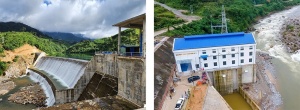 Sumitomo scoops up 49 per cent stake in Danang hydropower plants
Sumitomo scoops up 49 per cent stake in Danang hydropower plants
Sumitomo Corporation has acquired a 49 per cent stake in Mekong Electric Power Engineering and Development JSC, which owns the Dak Di 1 and Dak Di 2 run-of-river hydropower ventures in Danang.
